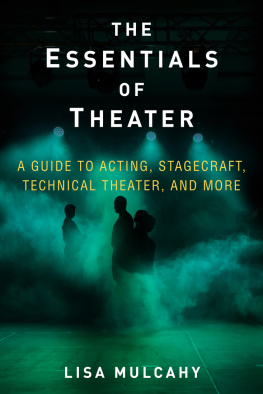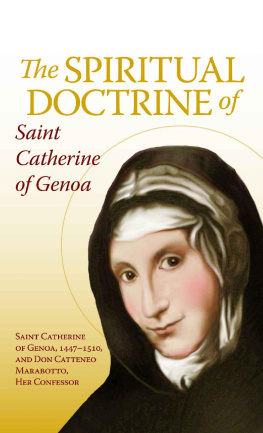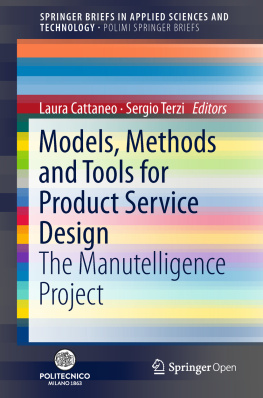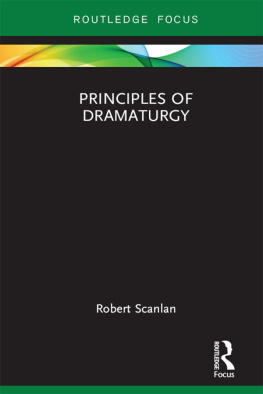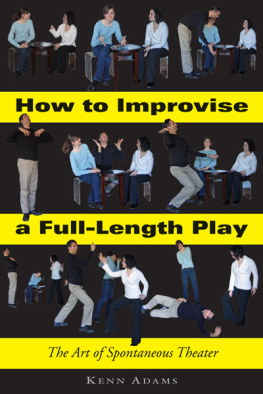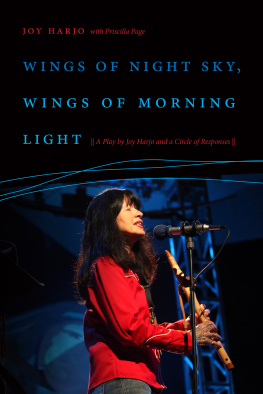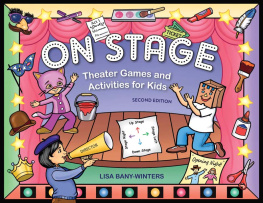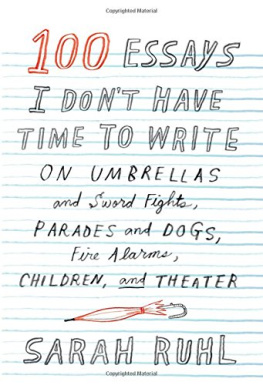THE ART OF DRAMATURGY
THE ART OF DRAMATURGY
anne cattaneo
Yale UNIVERSITY PRESS/NEW HAVEN & LONDON
Copyright 2021 by Anne Cattaneo.
All rights reserved.
This book may not be reproduced, in whole or in part, including illustrations, in any form (beyond that copying permitted by Sections 107 and 108 of the U.S. Copyright Law and except by reviewers for the public press), without written permission from the publishers.
Yale University Press books may be purchased in quantity for educational, business, or promotional use. For information, please e-mail (U.K. office).
Set in Minion and ITC Franklin Gothic type by Newgen North America.
Printed in the United States of America.
ISBN 978-0-300-233698 (hardcover : alk. paper)
Library of Congress Control Number: 2020950229
A catalogue record for this book is available from the British Library.
This paper meets the requirements of ANSI/NISO Z39.48-1992
(Permanence of Paper).
10 9 8 7 6 5 4 3 2 1
There is no more serious praise for an artistically, intellectually creative person than when you can say of him: his contributionsevident to all, precisely known, clearly visible to his collaboratorswere accomplished with personal anonymity. This does not mean that his personality or his personal life was colorless or without contours. It means that he was able to funnel all this color and contour into his lifes work, and in doing so render his personality equally transparent behind it. Characteristics that define, to a great degree, the essence and effectiveness of the successfully practicing dramaturg.
A toast to Kurt Hirschfeld, dramaturg of the Zurich Schauspielhaus, at a celebration for his sixtieth birthday in 1962
CONTENTS
PREFACE
A DRAMATURGS LIFE
Like all dramaturgs, Ive been a voracious reader across disciplines since I was young. I attribute this to the fact that I am a product of the California public school system. I graduated from high school at sixteen and I wasnt eager to go to college. My parents arranged for me to live with a family in a small city in GermanyKarlsruheand attend a local Gymnasium, a German high school. My knowledge of German comes from this time, when few Americans were living abroad outside of European capital cities. I did not hear or speak English for over a year and was happily immersed in another culture and way of life.
I returned to enter Mills College, a womens college in Oakland, where I was a science major and took a few literature classes. By the end of my sophomore year196869with the Vietnam War at its height, Haight-Ashbury dissolving into chaos, and the Black Panther initiatives close by in Oakland disintegrating due to arrests and violence, I decided to leave again and return to Europe. For thirty years, Mills had been home to the great French composer Darius Milhaud, who was offered a professorship and a lovely faculty-village home on the Mills campus when he fled from France in 1940. His wife, Madeleine, ran the French department at Mills, and was the sister of the head of the comparative literature department at the Sorbonne. I met her distinguished brother when he visited Oakland late in the spring of my sophomore year, and he agreed to guide my studies at the Censier campus at the Universit de Paris in the fall. I left for Europe in early June, got to Paris in September, and rented a small studio. When I arrived at his office on the appointed date, a receptionist told me he was no longer employed there. The vnements de mai of 1968 the previous spring had precipitated his retirement over the summer. Bonne chance, she told me. Somehow, I passed the universitys four-hour general entrance exam in a vast room with several hundred other foreign students (I appeared to be the only American there), and I registered for a number of classes that focused on theater. I had left science behind: the days of 8:00 a.m. calculus class five days a week were over for me. In Paris, I took the great Molire class with hundreds of other students in a large amphitheater, taught by a professor who had been at the Sorbonne for decades. He taught the class geographically: we learned where Molire and his troupe lived and performed by street name and venue. I took a class on Baroque literature, and, most of all, I went to the theater.
When I returned to Mills in my senior year, I could only graduate as a comp lit major: I had never taken a theater class. But the head of the small theater department at Mills took me and my newly discovered love of theater seriously and, in a life-changing move, arranged for me to assist Edward Hastings, the associate artistic director of San Franciscos fabled American Conservatory Theater, then in its full glory under the leadership of William Ball. Ed was directing a brand-new play called Lemon Sky by a brand-new author, Lanford Wilson, in a student production at Mills during the fall of my senior year. Ed urged me to apply to graduate school and he hired me, right after Lemon Sky closed, as his part-time assistant at ACT. I had no idea what I could contribute to the theater. I had no interest in acting. I began writing weekly theater reviews for one of the San Francisco free papers, which was run out of a commune in the Haight. I had to drop off my copy, sit in a circle on the floor in the editorial meeting, and defend the revolutionary credentials of every play I was covering: not too difficult, as it turned out. From Molire to the Bread and Puppet Theater to Sam Shepard, they all challenged some aspect of their societys rules.
There were few graduate programs then for critics, and I applied and was waitlisted at the Drama School at Yale and began assisting Ed in rehearsals and helping him start a new play program at ACT, then a classical repertory company. I made an additional small salary keeping my head down doing piece work in the costume shop at ACT. I quickly found out that if you want to know every single thing going on in every part of a theater institution, learn to sew. I was happy my mother had taught me so well. It was a very exacting costume shop.
It was at ACT that I learned the magic of an acting company, and also the ancient traditions of theater. In some measure, ACT might as well have been an English troupe from the nineteenth century: filled with theater lore, wild ambition, insanely grand gestures and tormented by superstition. The final performance that ended each season at its home at the Geary Theater closed with the entire company doing a walk-down curtain call of all the shows in the rep from the past year in full costume with the grand bows set to triumphant music from The Firebird and specially designed Russian lights suspended behind the teaser curtains cueing the elaborate bows. The ACT dressers showed what great dressers can do, racing to ready the changes as the actors saluted triumphantly, exited to the side, and ran back in the dark for another quick change. It was the highlight (and the hottest ticket) of the season. Except for the opening night parties. It was the peak of the Castro era and we lived in a world of strange extravagance. After a very late night at the Cockettes, I would drop my reviews at the newspaper commune, defend the outsider status of the playwrights, and head back to ACT. It was there I was first entrusted with the task of reading plays. I still recall the honor I felt when Ed gave me the manuscript of William Saroyans newest play. He was a famed California writer, in his later years, living down the coast. I didnt like the play, and I still feel the sting of that feeling, and our subsequent rejection, so many decades later.


